AIRPORT RESIDENCE
Sightseeing Warsaw
Warsaw is the capital and largest city of Poland. The metropolis stands on the Vistula River in east-central Poland and its population is officially estimated at 1.765 million residents within a greater metropolitan area of 3.101 million residents, which makes Warsaw the 8th most-populous capital city in the European Union. Warsaw is an alpha global city, a major international tourist destination, and a significant cultural, political and economic hub.
Once described as the Paris of the East, Warsaw was believed to be one of the most beautiful cities in the world until World War II.
I advise to see the city by day, to come back and see it by night…
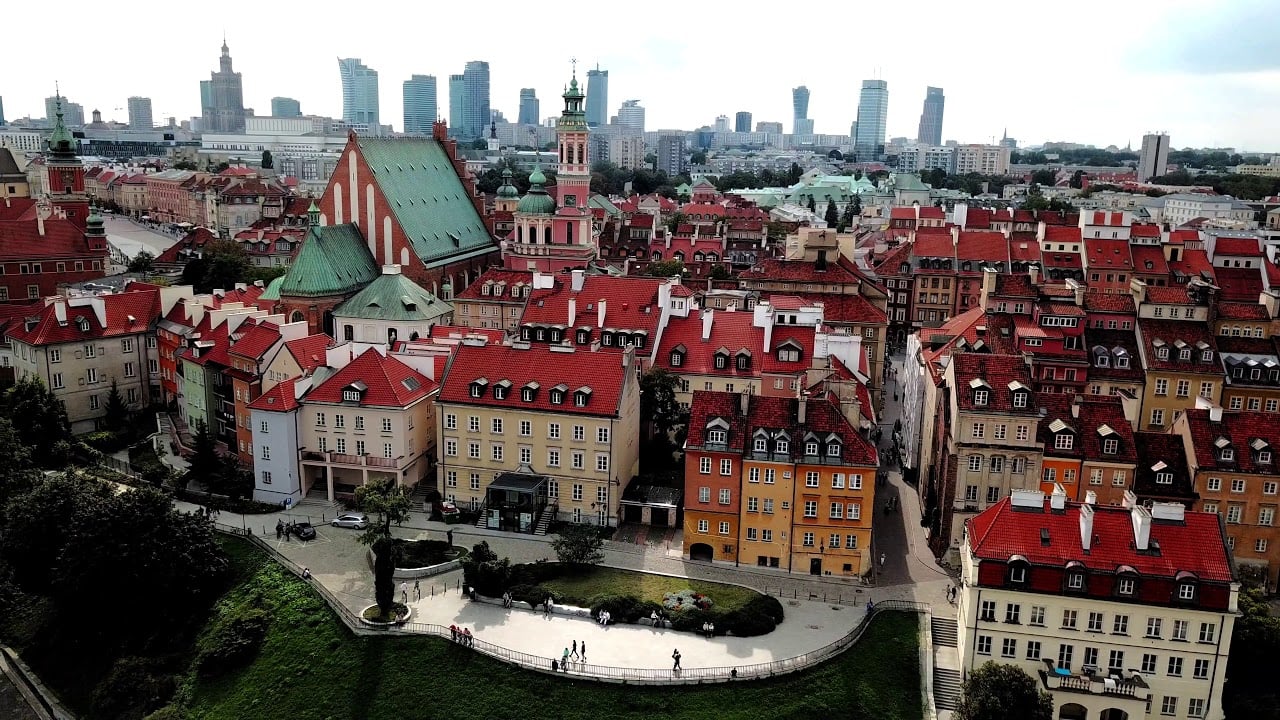
Old Town Market Place
Surrounded by beautiful seventeenth- and eighteenth-century merchants’ houses, this lively square is filled with street vendors, cafes, shops, galleries and some of Warsaw’s top restaurants.

The Royal Castle
Poland’s main tourist attractions located at Castle Square
Serving as the central building of the Polish Commonwealth for many centuries, this castle was rebuilt after it was dynamited by German troops after the Warsaw uprising, and has been rebuilt to recreate the original castle’s 17th-century architecture and interiors.
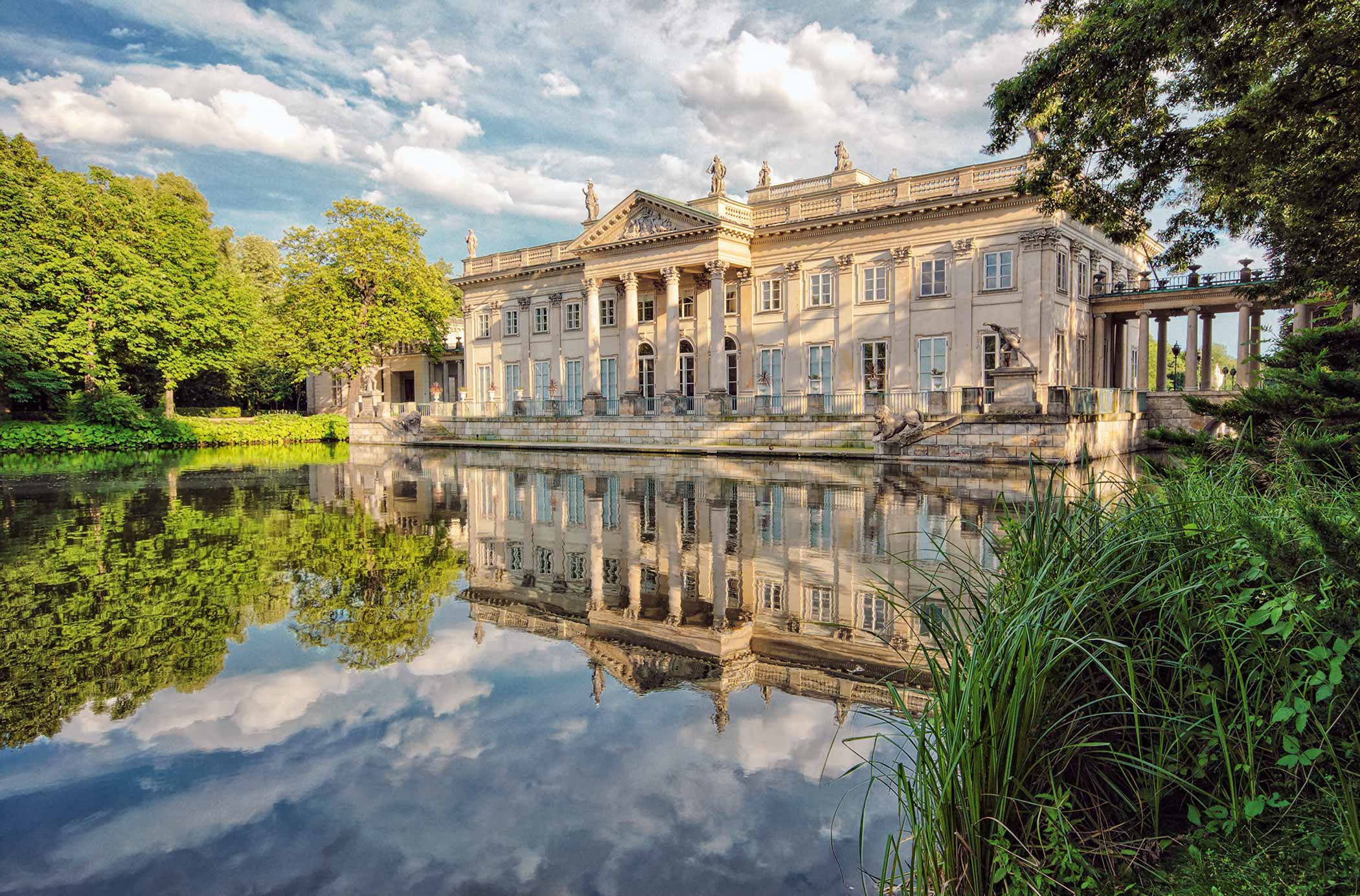
Łazienki Royal Park
The vast park surrounding the summer residence of the last Polish king, Stanisław August Poniatowski, is where Varsovians like to go for longer walks. The park is home to a winter garden, an amphitheatre, and even a Chinese garden. The biggest attraction, however, is the park’s permanent residents: the squirrels and peacocks. Another site worth seeing is the classicistic Palace on the Isle with its enchanting interior design and gallery of paintings.
The park is famous for its Chopin concerts, which take place from mid-May to the end of September every Sunday at noon and 4 pm. Come lounge on the grass and enjoy the music.
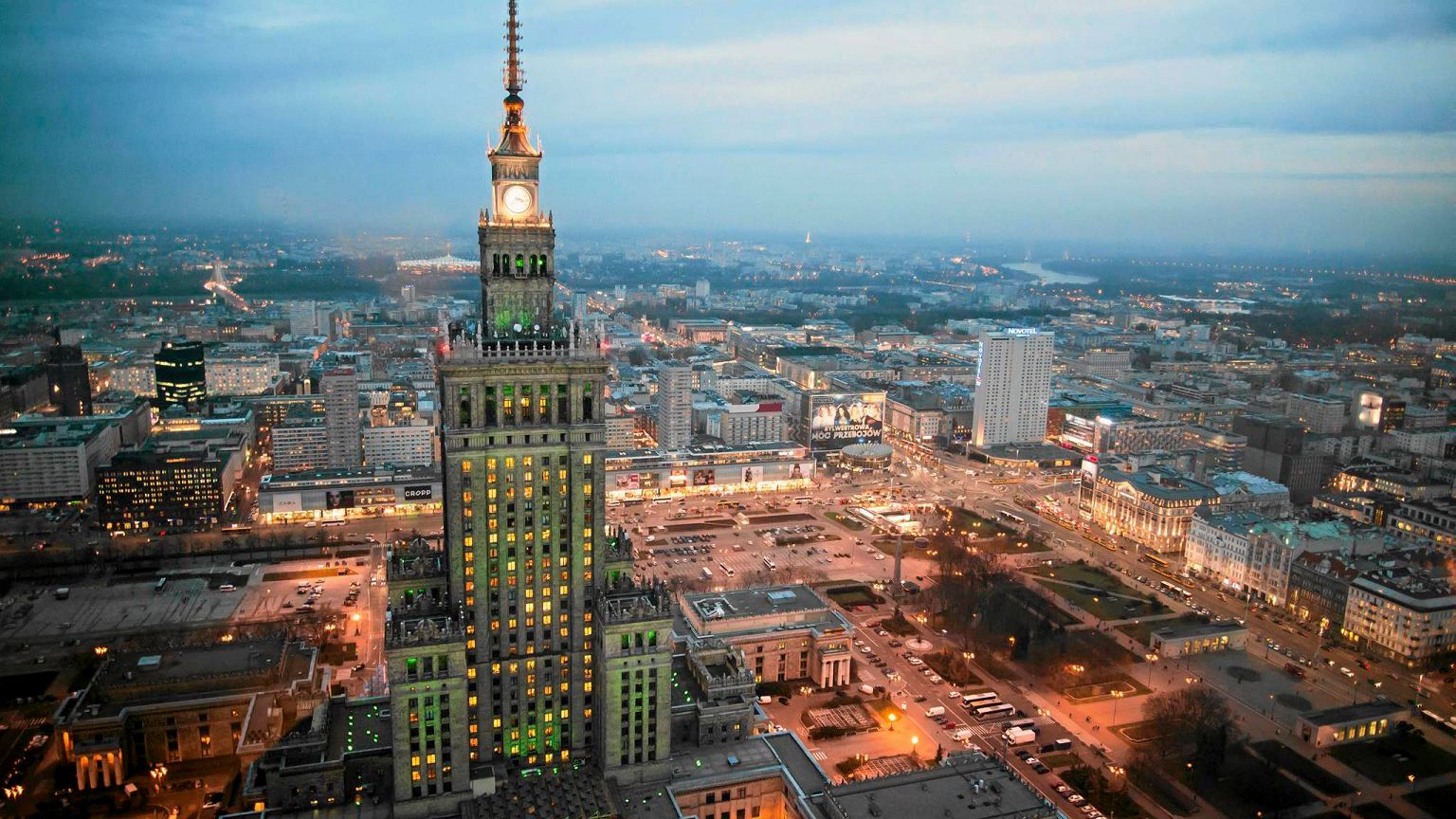
Palace of Culture and Science
The best-known and tallest building in the city, the Palace of Culture and Science, was a gift from the Soviet people to the Poles. Visible from almost any place in Warsaw, the palace is to Warsaw what the Eiffel Tower is to Paris – the perfect landmark.
Take the lift up to the 30th floor to see the city panorama from a height of 114 metres. The palace also houses theatres, a cinema, museums and trendy bistros, as well as the city’s main tourist information point.

Wilanów Palace
The Palace is one of the most beautiful monuments of the Polish Baroque architecture, a museum of interiors and a collection of European and Oriental art. Built in the second half of the 17th century, the Palace initially served as a summer Royal residence of one of the greatest Polish monarchs – King John III Sobieski. Decorativeness of both the facades and the luxurious – recently restored – interiors fully accords with the unspoiled beauty of its surrounding nature. The Wilanów Park embraces several types of historical gardens: Baroque, English-Chinese, landscape and the magical rose garden.
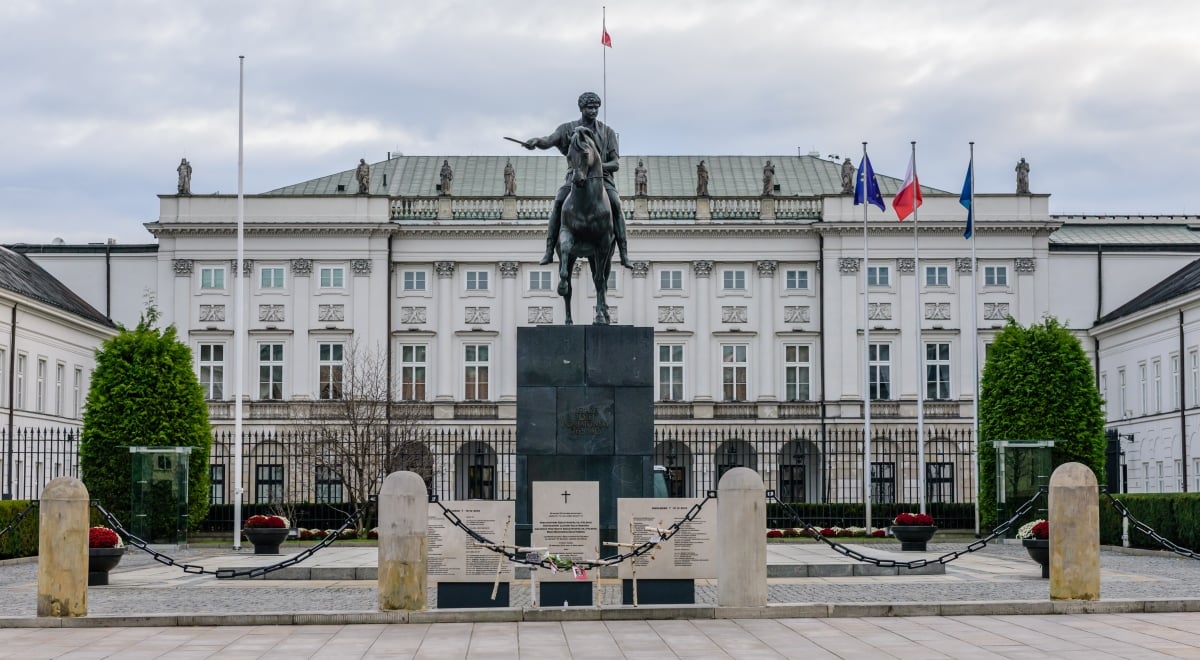
Presidential Palace
The Presidential Palace (Polish: Pałac Prezydencki; also known as Pałac Koniecpolskich, Lubomirskich, Radziwiłłów, and Pałac Namiestnikowski) in Warsaw, Poland, is the elegant classicist latest version of a building that has stood on the Krakowskie Przedmieście site since 1643. Over the years, it has been rebuilt and remodeled many times. For its first 175 years, the palace was the private property of several aristocratic families. In 1791 it hosted the authors and advocates of the Constitution of May 3, 1791.
It was in 1818 that the palace began its ongoing career as a governmental structure, when it became the seat of the Viceroy of the Polish (Congress) Kingdom under Russian occupation. Following Poland’s resurrection after World War I, in 1918, the building was taken over by the newly reconstituted Polish authorities and became the seat of the Council of Ministers. During World War II, it served the country’s German occupiers as a Deutsches Haus and survived intact the 1944 Warsaw Uprising. After the war, it resumed its function as seat of the Polish Council of Ministers.

Multimedia Fountain Park
This tourist attraction was opened in May 2011 as part of the city’s ongoing attempt to increase its number of cultural and tourist attractions, and has been met with widespread acclaim and approval. Located in the Podzamcze district a short walk north of the Old Town, the ‘Multimedia Fountain Park’ is a visual delight combining music, light and, as the name suggests, fountains.

The Belvedere Palace
The historic Belvedere Palace in Łazienki Park has traditionally been the residence of the Polish President in the 20th century, a function it served from 1918 to 1995 and then once again during the Presidency of Bronisław Komorowski from 2010-2015; Presidents Aleksander Kwaśniewski, Lech Kaczyński and current president Andrzej Duda opted to live in the Presidential Palace on ul. Krakowskie Przedmieście. Built in 1694 but thoroughly remodelled in 1818, the building is predictably off limits. For the best views of the palace and some outstanding photo opportunities you should look at it from Al. Ujazdowskie: it is a wonder of Neo-Classical design, complete with tympanium and oversized Corinthian columns.

Tomb of the Unknown Soldier
The only surviving part of the destroyed Saxon Palace. The palace was constructed during the 17th century though the tomb was not added to the complex until 1925. Eerily, the tomb was the only part of the structure to survive being dynamited by the Nazis. The ashes of unknown soldiers from WWII have been fittingly added.
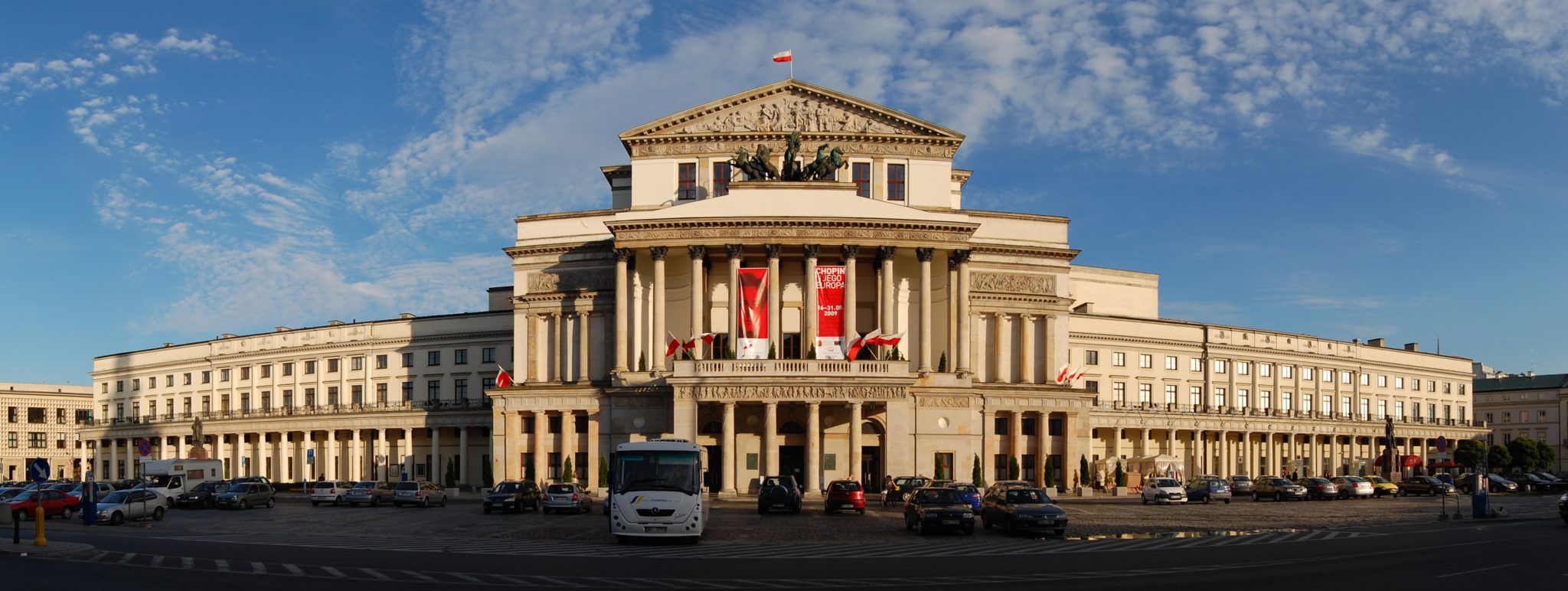
Polish National Opera
Polish National Opera is the home of the Polish National Opera, the Polish National Ballet, the Opera Gallery and the Theatre Museum. It hosts opera and ballet performances, concerts, exhibitions, workshops for artists, educational classes for the youngest ones, while its backstage workshops and rehearsal rooms are buzzing with activity. It is also used as a venue for special events, such as film premieres, conferences, or galas.
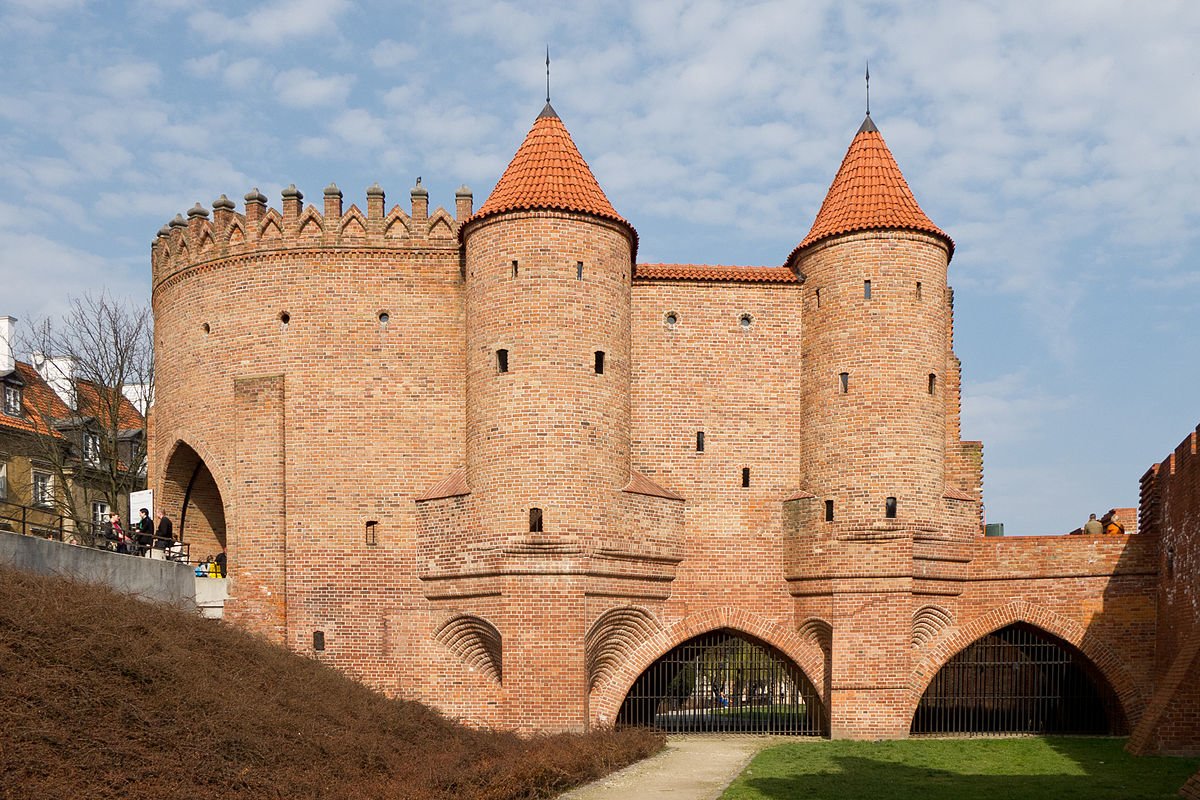
The Warsaw Barbican
Warsaw Barbican, seen from outside the Warsaw Old Town city walls.
The Warsaw Barbican (Polish: barbakan warszawski) is a barbican (semicircular fortified outpost) in Warsaw, Poland, and one of few remaining relics of the complex network of historic fortifications that once encircled Warsaw. Located between the Old and New Towns, it is a major tourist attraction.